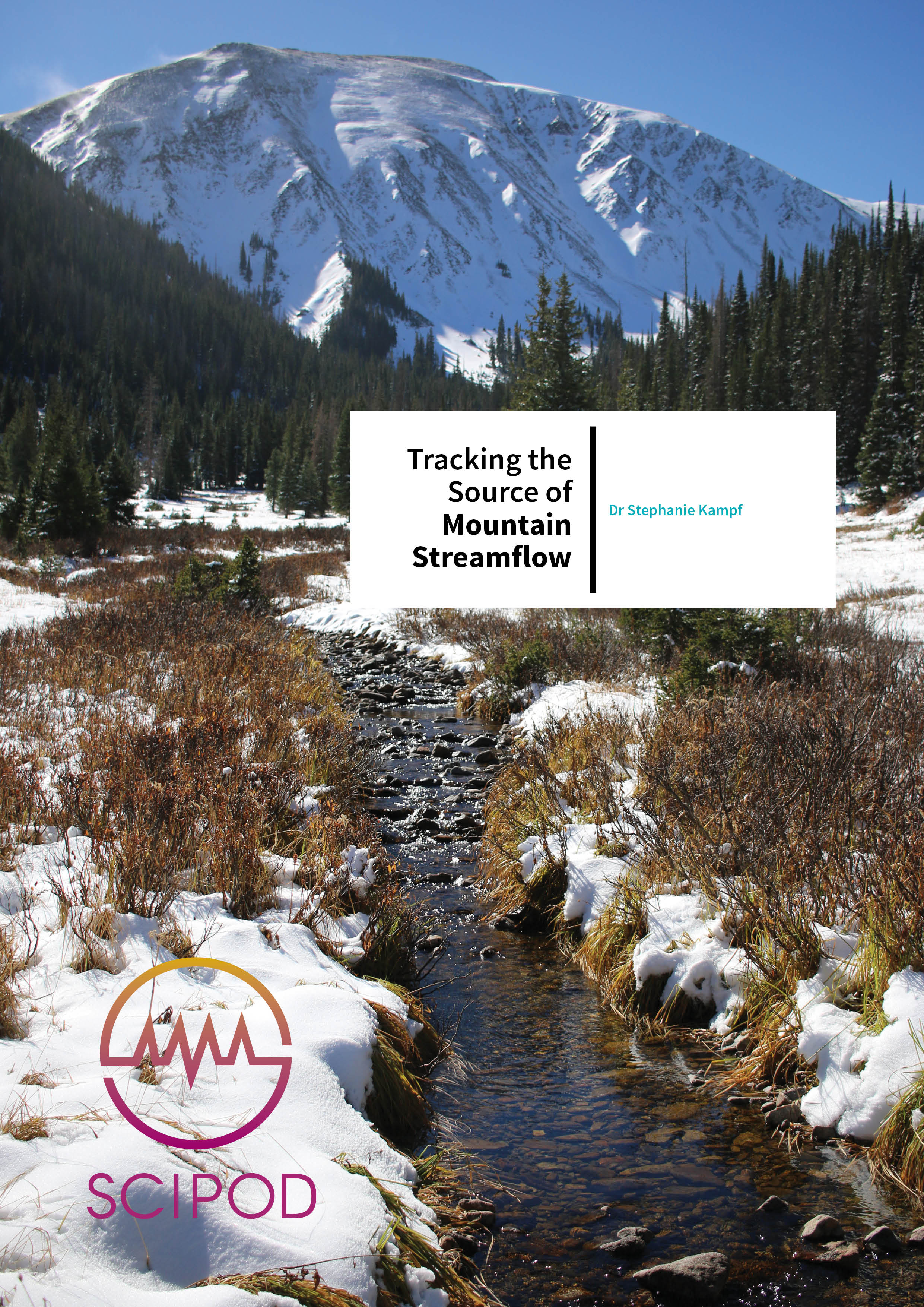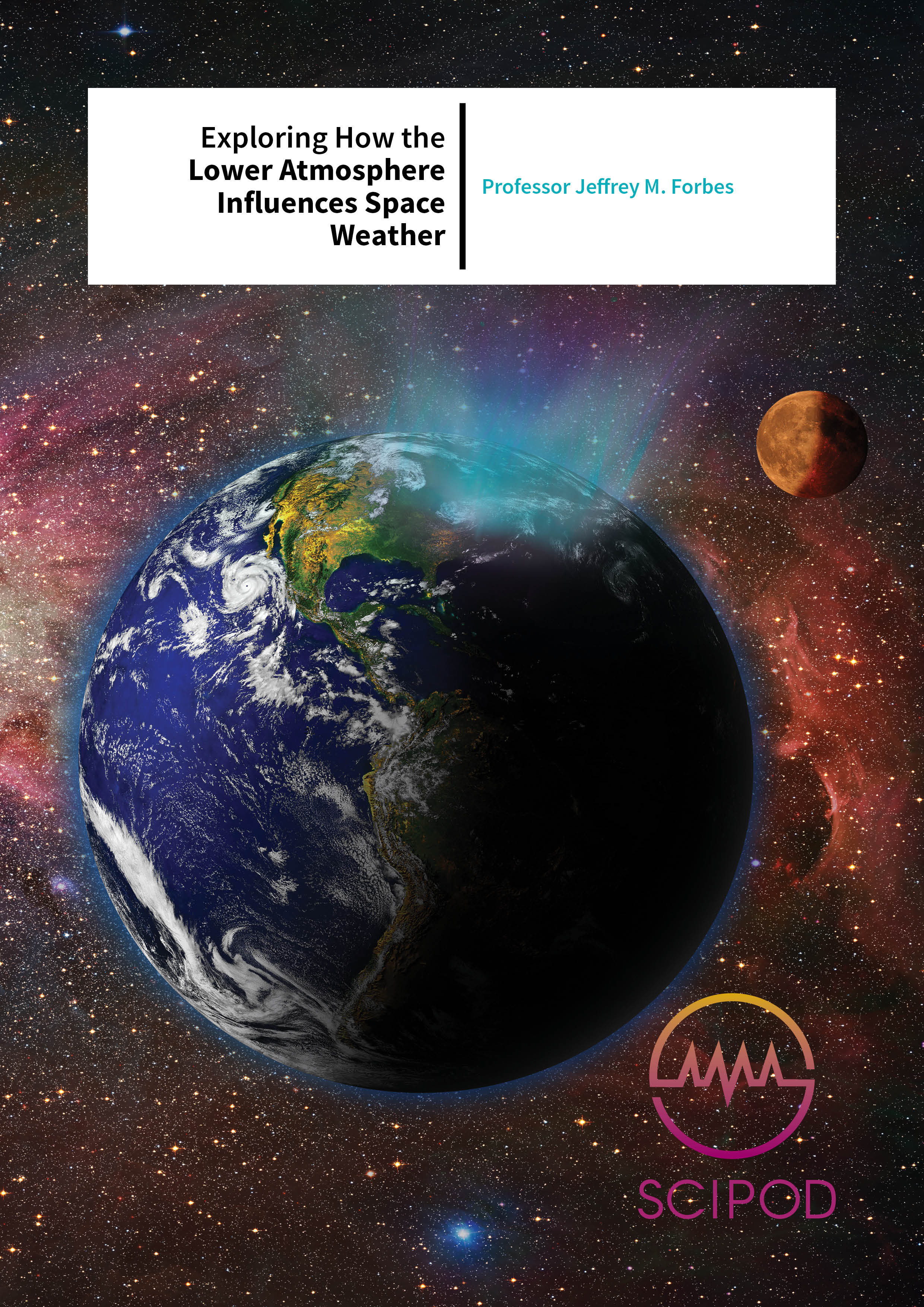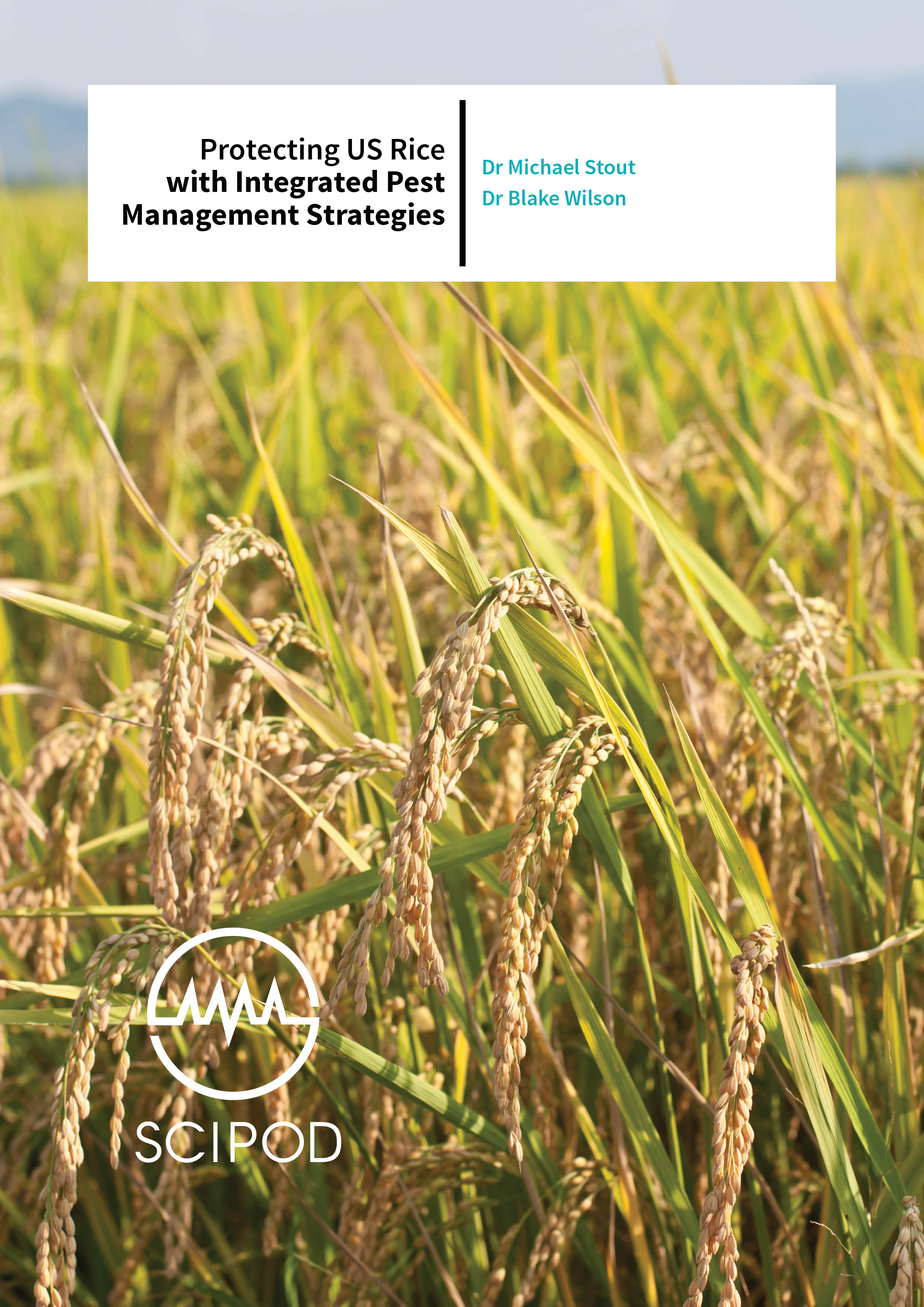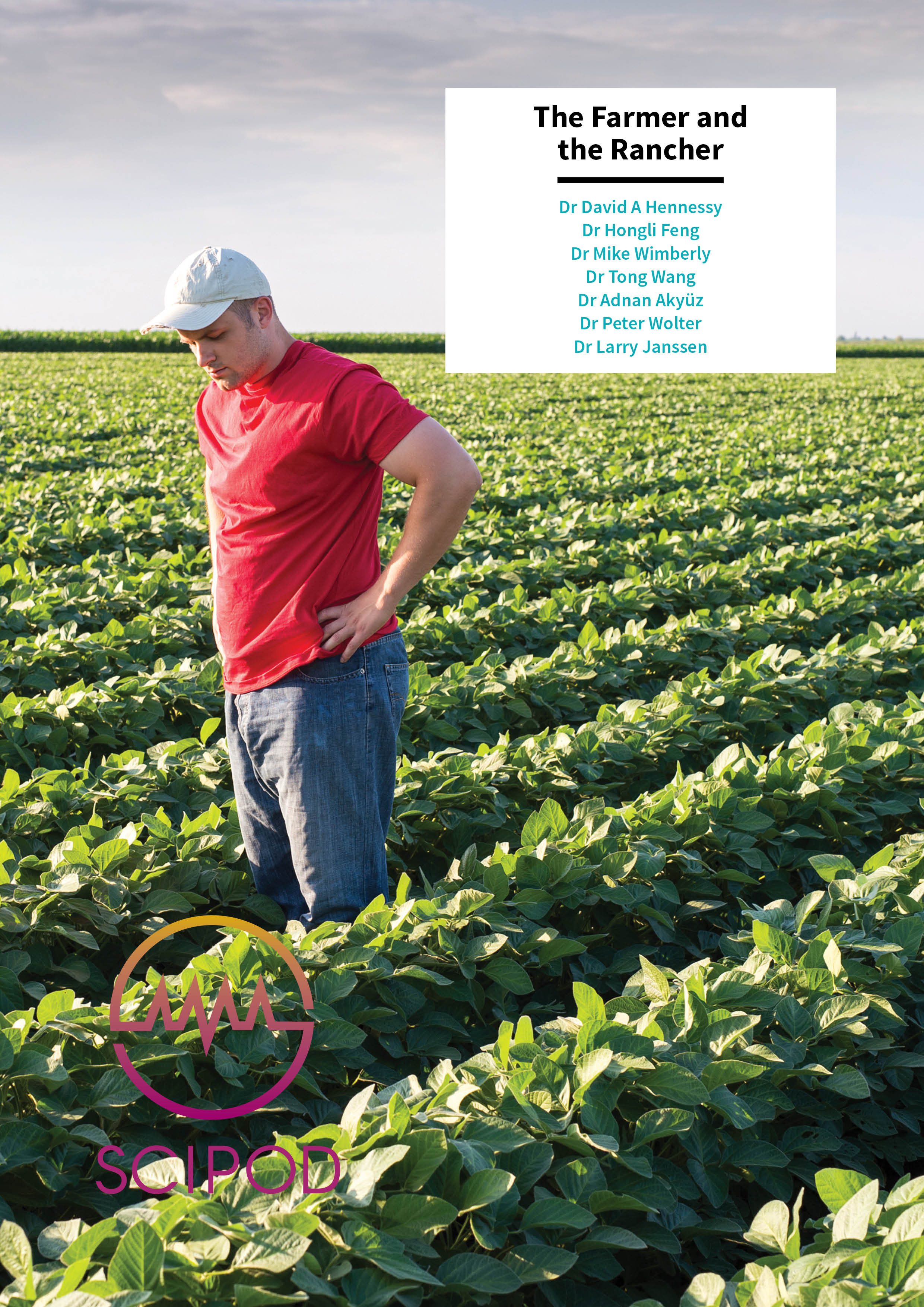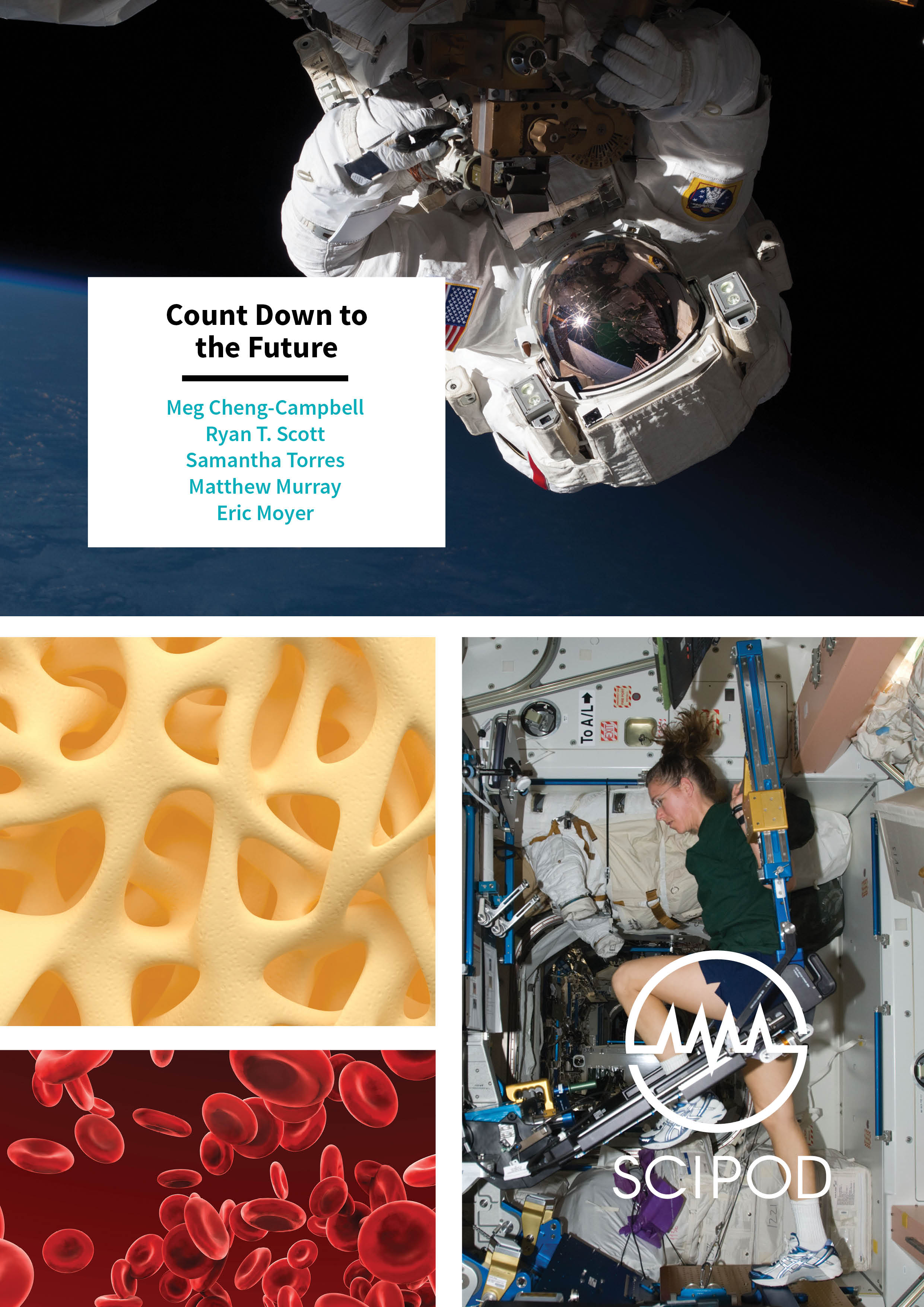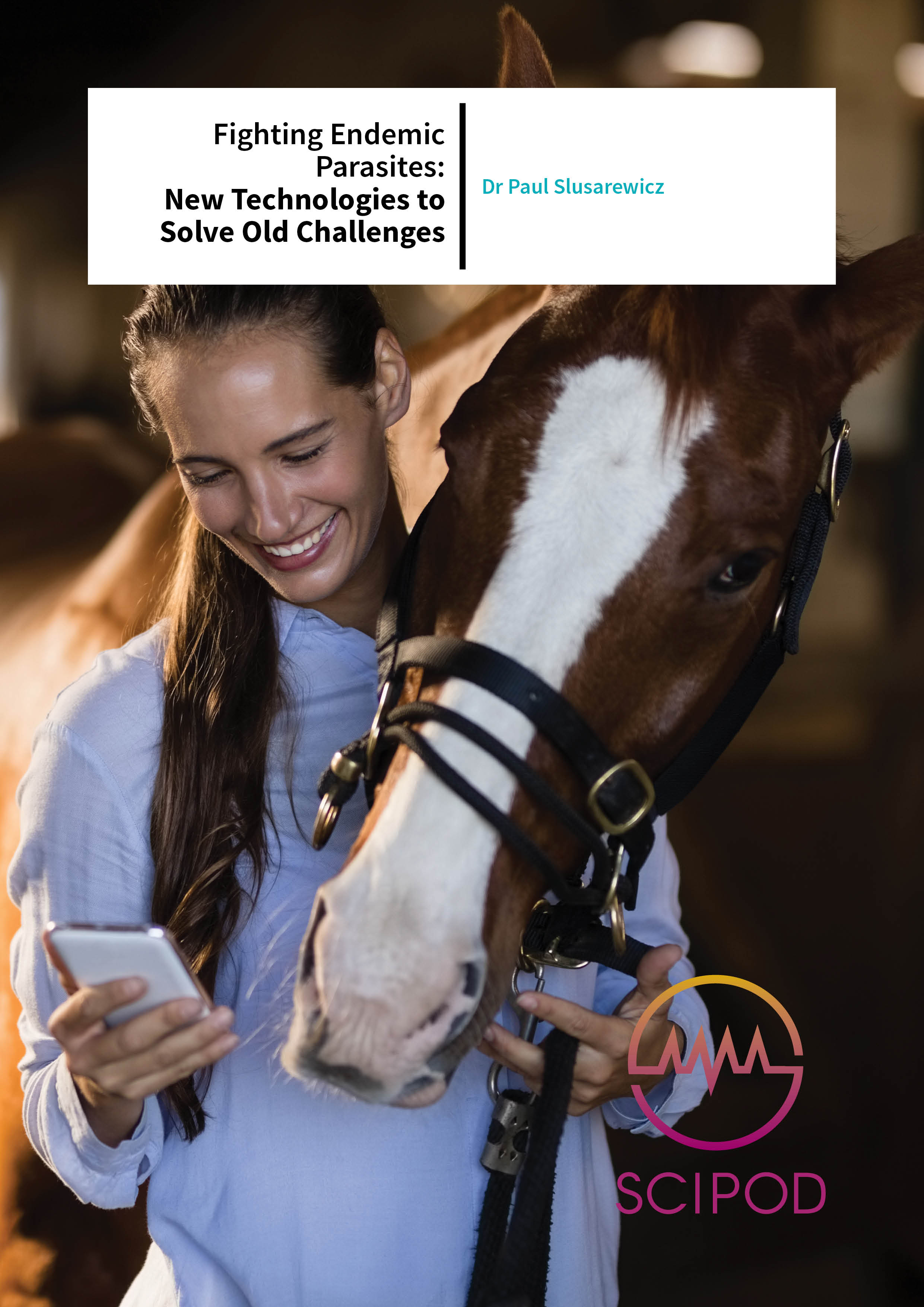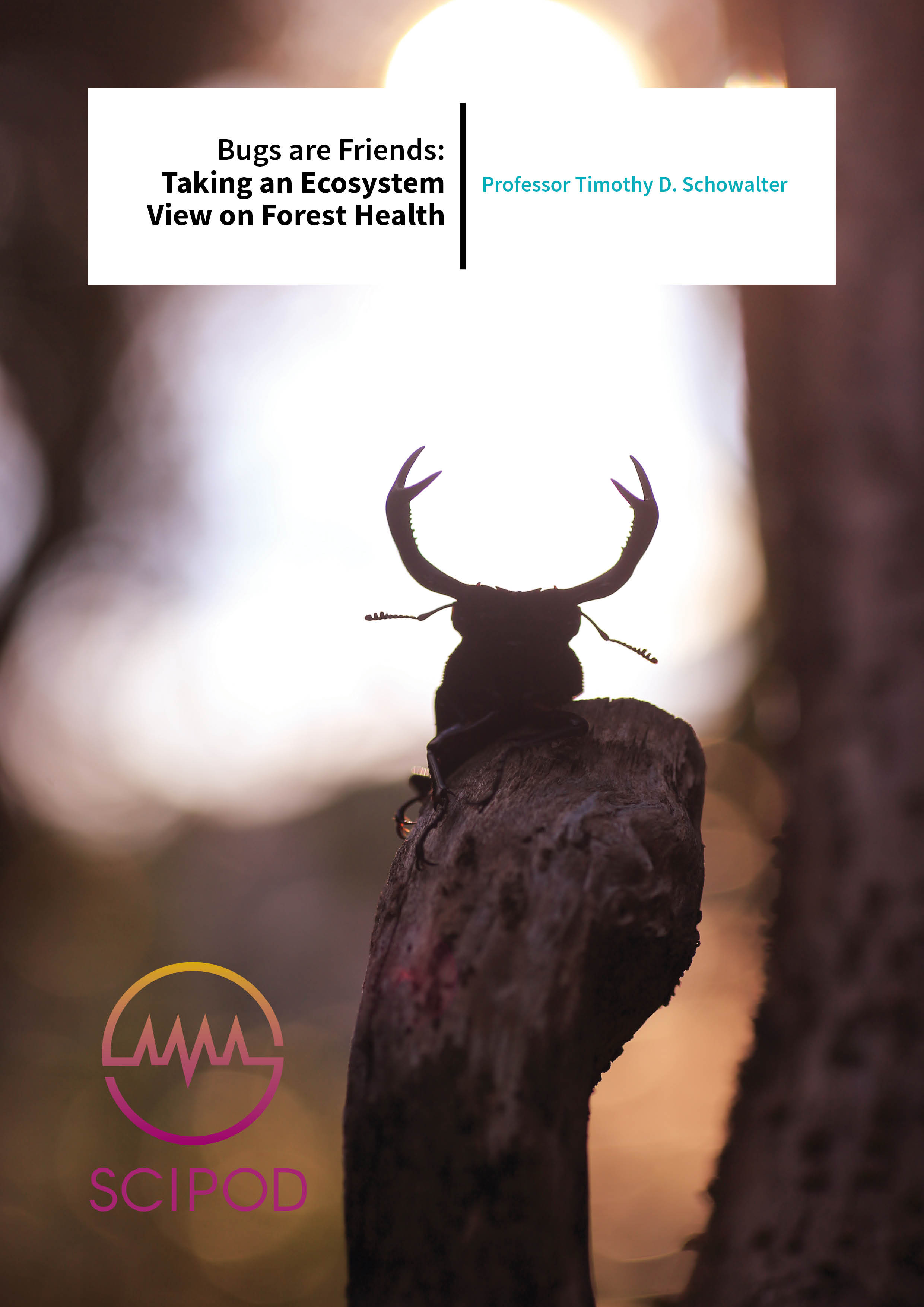In Pursuit of Wild Game Investigating People’s Perceptions of Hunting – Drs Shawn J. Riley and Göran Ericsson
Mar 19, 2018earth and environment, social and behavioural sciences
Hunting is among the most ancient of human activities, and still plays a major role in obtaining food for many people worldwide. Dr Shawn Riley and Dr Göran Ericsson work to understand the volume and distribution of wild-harvested meat, how this meat moves through society, and the effects of sharing the harvest on people’s perspective toward traditional uses of wildlife such as hunting. They also investigate the factors that influence people’s perception of hunting, and how hunters distribute their yields in different situations.
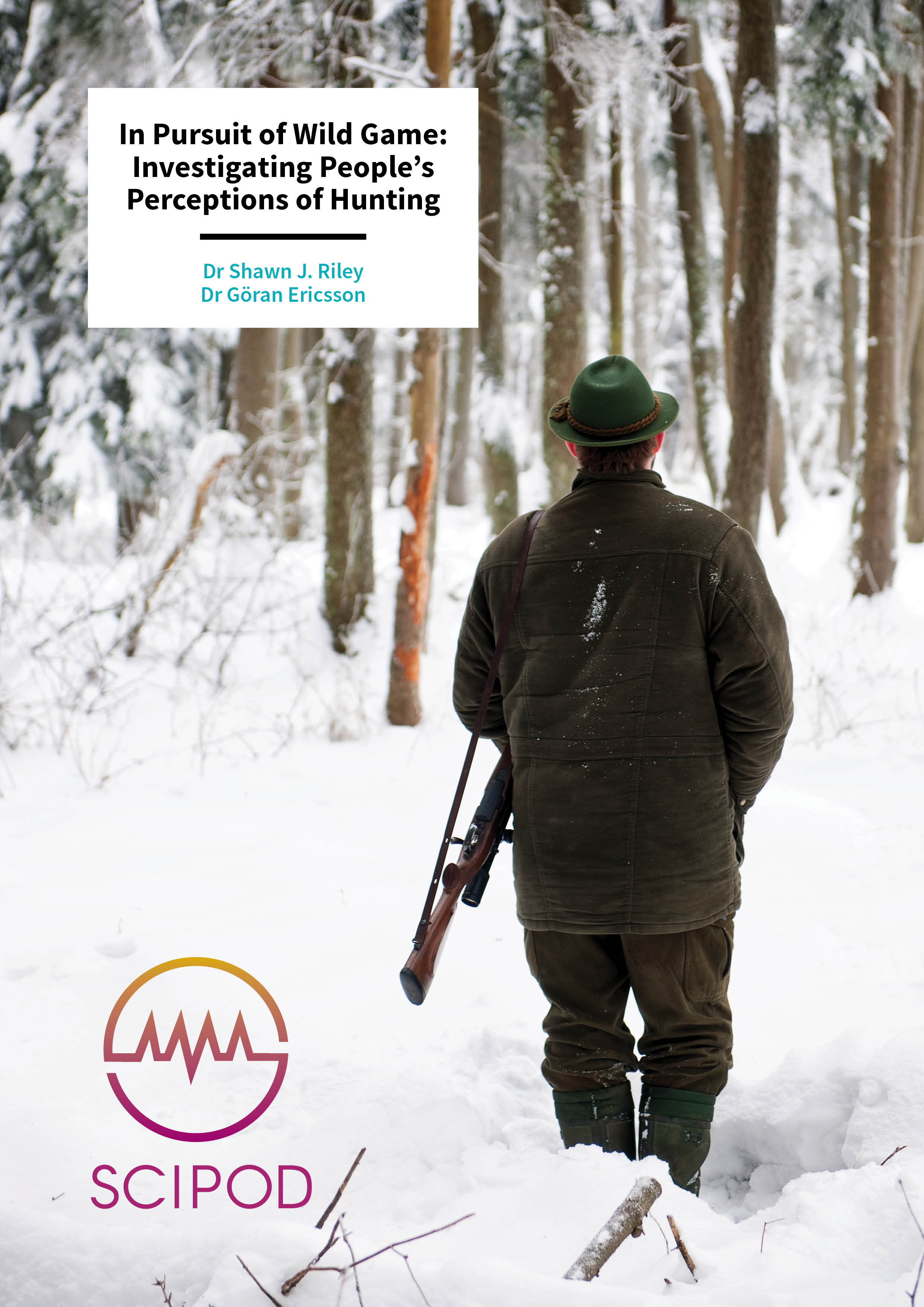
You may also like …

Professor Ukamaka Oruche | When Science Meets Real-world Barriers: Lessons from the Frontlines of Mental Health
By all measures, America’s mental health system is stretched too thin. Families are in crisis, community mental health providers are overworked, and groundbreaking research often struggles to find its way into real-world practice. But thanks to researchers such as Professor Ukamaka Oruche of the University of South Florida, and colleagues, we’re learning how to map and close that gap, one challenge at a time. When we think of medical breakthroughs or scientific discoveries, we often imagine white coats, high-tech labs, and swift translation from theory to practice. But in the world of mental health, particularly in community settings that serve the most vulnerable, reality looks very different. Shockingly, it can take 17 to 20 years for evidence-based mental health interventions to become part of everyday clinical care.

Dr. Adam W. Carrico | Biobehavioral Approaches to HIV Prevention and Treatment in Sexual Minority Men Who Use Stimulants
Research from Dr. Adam W. Carrico at the Florida International University, and his colleagues, explores innovative approaches to address HIV prevention and treatment challenges among sexual minority men who use stimulants. Three interconnected studies examine how behavioral interventions can reduce HIV viral load, alter gene expression in immune cells, and increase the use of preventive medication in this high-priority population. Collectively, these randomized controlled trials provide compelling evidence of the potential of behavioral interventions to improve health behaviors and outcomes.

Professor Justin J. Joseph | A Discussion of Multiple Studies on the Perspectives of Underrepresented Populations on Gang Membership and Campus Gun Policies
Research from Professor Justin J. Joseph at the University of North Alabama examines the influences that impact the behaviour of underrepresented populations. In one study, he explores potential sex differences in the relationship between psychopathy traits, executive functioning, and youth gang membership. In a separate study, Joseph and colleagues investigated how information sources shape perceptions of campus carry policies among students at a Historically Black University.

Dr Kerstin Liesenfeld | How do we develop and maintain authenticity throughout our lives?
As our world becomes increasingly complex, the need for genuine self-development and “inner work” grows more important. Dr Kerstin Liesenfeld and colleagues at the Liesenfeld Research Institute explore how people develop and maintain authenticity throughout their lives. Their research reveals that authentic development follows distinct patterns and stages, occurring at different rates across various aspects of our personalities. This understanding could help shape more effective approaches to personal development and coaching.

Dr. Carlos Lastra | A Silent Struggle: Understanding Childhood Anxiety During the COVID-19 Pandemic
In early 2020, the world changed almost overnight. As COVID-19 swept across the world, homes were repurposed as schools, playgrounds and classrooms were abandoned, and family routines changed utterly or vanished. People were forced to adapt to remote working, many lost their jobs, and a significant proportion of us experienced anxiety about the virus that had turned the world upside down. However, amid this pandemonium, one group of people was especially vulnerable: children. We often think of childhood as a carefree time, protected from responsibilities, worries and burdens. However, the pandemic shattered this illusion. For many children, it caused confusion, isolation, and fear. Recognizing the need to understand this impact, Dr. Carlos Lastra and his team of researchers at Saint Peter’s University Hospital in New Jersey, undertook an essential study: assessing how the pandemic affected anxiety levels in children and adolescents.

Prof. Olya Bryksina | The Essence of Team Spirit: Why Helping Others in a Group Can Be More Motivating Than Helping Yourself
Are we primarily motivated by self-interest, or can activities that advance the progress of others provide similar or even greater levels of motivation? Logically, it would seem that people are most motivated to achieve specific goals when they are doing things that benefit themselves. Examples include studying for an exam, doing regular physical exercise, or working toward a career milestone; all activities that have tangible and readily apparent benefits for the individual pursuing them. Consequently, many of us would tend to believe that personal progress is our biggest driver. However, a recent study by Prof. Olya Bryksina from the University of Winnipeg reveals a surprising twist in how motivation works, especially when we’re part of a group. In her innovative research, published in Motivation Science in 2025, Professor Bryksina explores a question many of us encounter daily but rarely think deeply about: What makes people put in effort when working toward a shared goal as part of a group? Her findings suggest something profound, that helping others in a group can be more motivating than helping ourselves.

Troy Norris | The Wellbeing Balance Model: A Personalized Approach to Design Effective Wellbeing Interventions
Research from Troy Norris at the WellBalance Institute for Positive Wellbeing reveals how a novel approach to measuring wellbeing can lead to more effective personalized interventions. The Wellbeing Balance and Lived Experiences (or WellBalance) Model and Assessment extends traditional wellbeing measures by evaluating both positive experiences and the feelings they generate, enabling tailored approaches to enhance individual flourishing based on specific life circumstances.

Professor Rumi Kato Price | New Approaches to Defining and Measuring Human Trafficking
Research from Professor Rumi Kato Price at the Washington University School of Medicine and her colleagues, Professors Sheldon Zhang and Annah Bender, reveals how research-driven, standardized indicator approaches can better identify human trafficking victims than traditional legal and prosecutorial frameworks. Their work in Cape Town, South Africa demonstrates that trafficking victimization exists on a spectrum rather than as a binary classification, with implications for improving identification and support for victims worldwide.

Defending Authentic Leadership: A Response to Critical Claims
A recent paper from Professor William Gardner at Texas Tech University and Professor Kelly Davis McCauley at West Texas A&M University challenges a critique that characterized authentic leadership theory as “wrong” and “perilous.” Their analysis demonstrates how misrepresentations of the theory can undermine valuable leadership approaches, while highlighting the empirical support and practical benefits of leaders striving for authenticity in organizational settings.

Evaluating the Impact of University Chaplains: A Two-Phase Research Study
Research from Dr Christopher W. B. Stephens and Sue Miller at the Susanna Wesley Foundation, Southlands College, Roehampton, reveals how university chaplains can effectively evaluate and demonstrate their impact within higher education institutions. Their work shows how chaplains can meet institutional demands for accountability while maintaining the unique spiritual and pastoral nature of their work, offering insights into evaluating the distinctive aspects of chaplaincy services.


